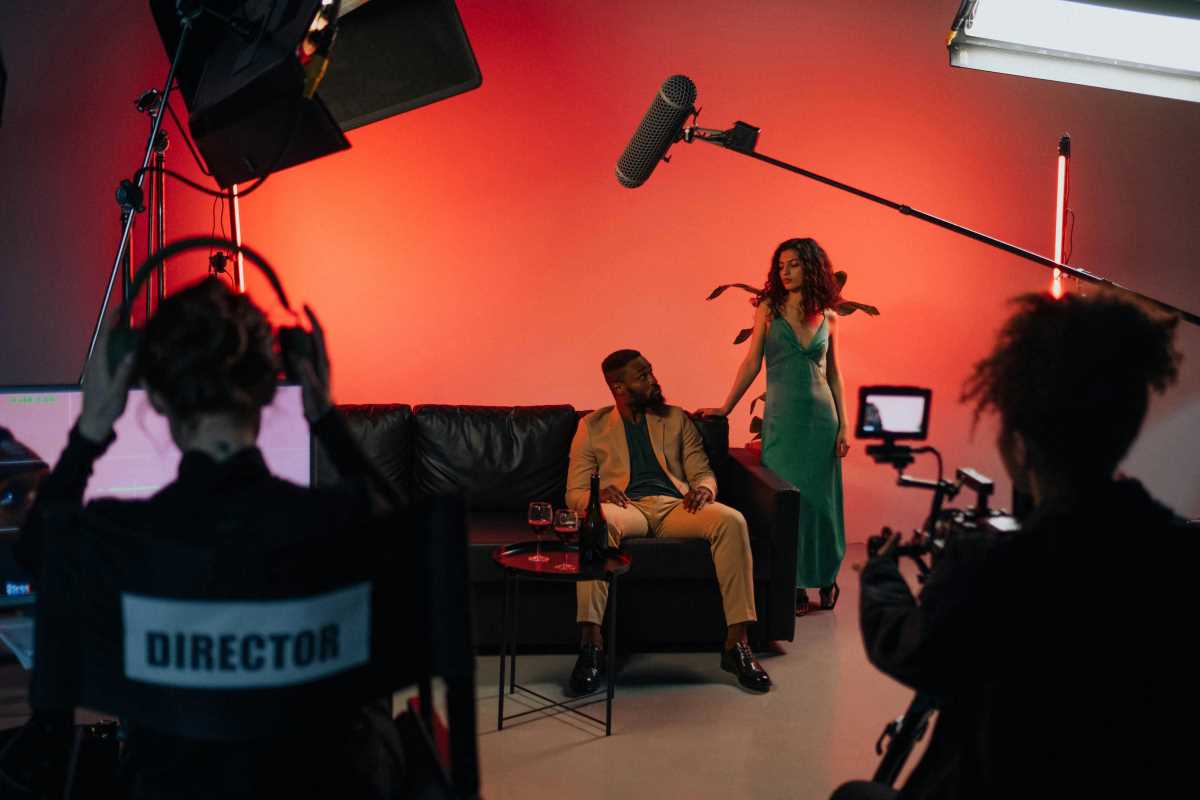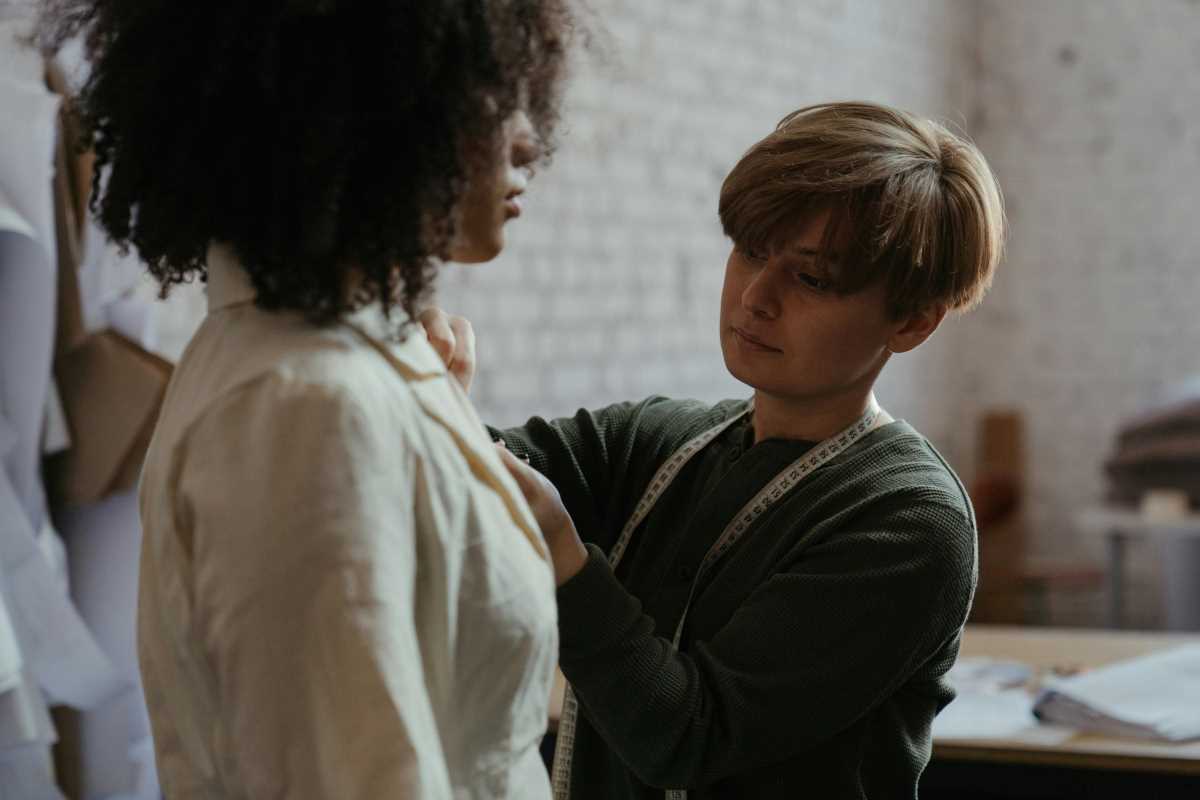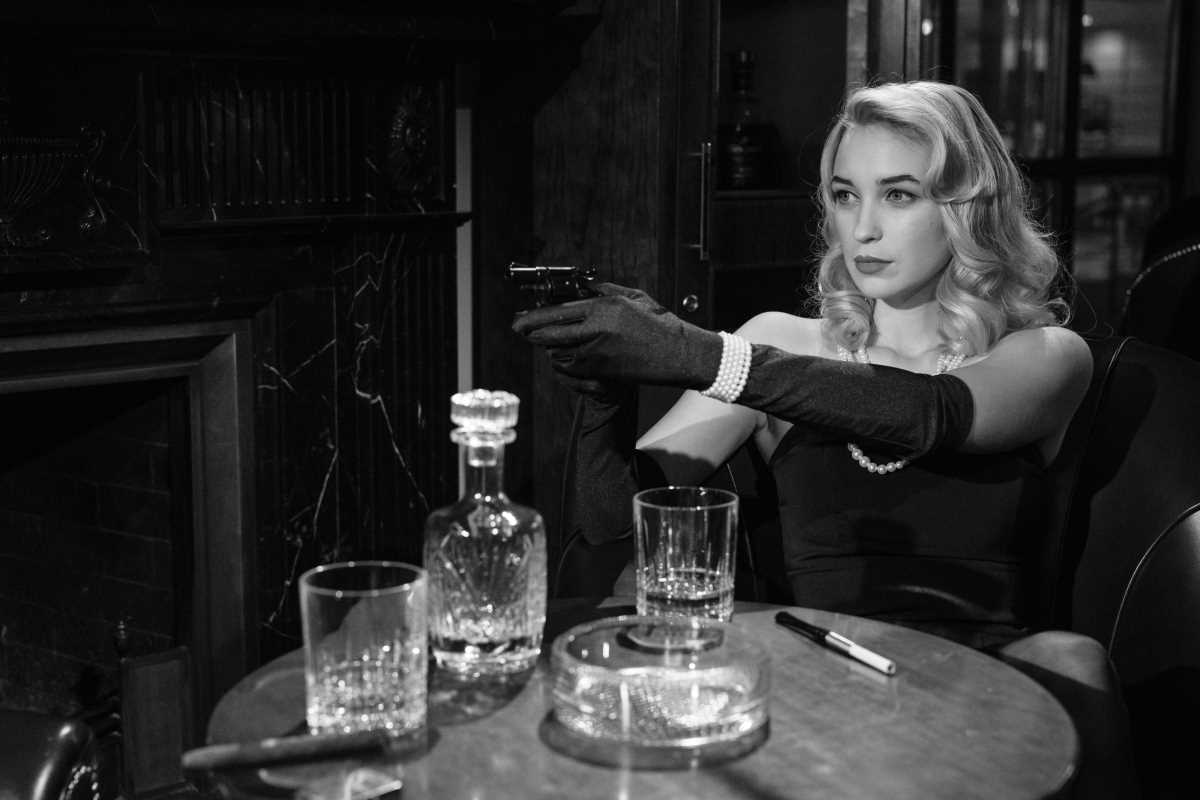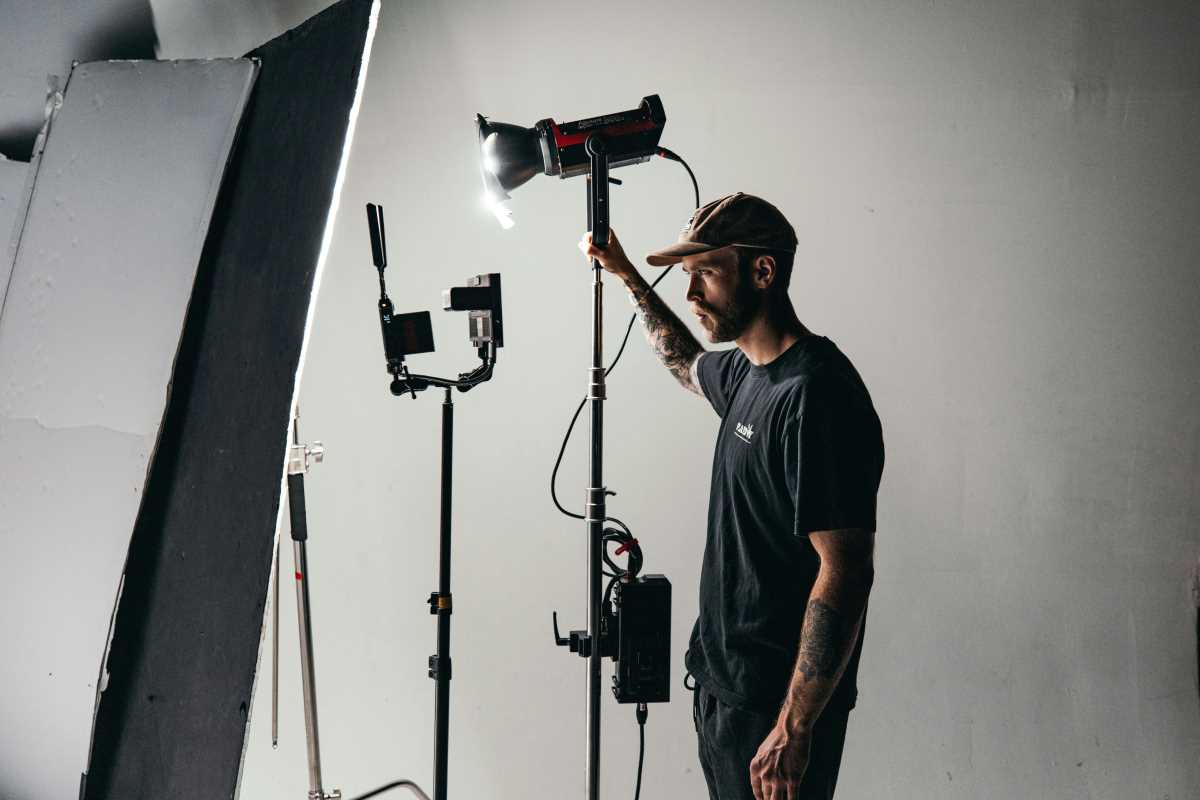Production designers are the master architects of a film or TV show's visual world. They dream up and build the environments that pull you into a story. From a futuristic cityscape to a cozy suburban kitchen, the production designer makes it all feel real. It’s a job that demands massive creativity, an eye for detail, and serious leadership skills.
Breaking into this field is a grind, but it’s doable. Here is your guide to launching a career as a production designer.
What Does a Production Designer Do?
The production designer is the creative force behind a production's entire look. They work hand-in-hand with the director to define the visual style. Their job is to translate the script's words into a tangible, physical world.
This means they oversee everything you see on screen that isn't an actor. This includes:
- Set design and construction
- Location scouting
- Props and set dressing
They lead the entire art department, which includes art directors, set decorators, and prop masters. They are responsible for making sure the visual look is consistent, serves the story, and stays within budget.
Getting the Right Education
A formal education can give you a major leg up. Many designers start with a bachelor's degree in production design, theater design, architecture, or interior design. These programs teach the core skills you will need. You’ll learn about art history, architectural drawing, color theory, and script analysis.
An MFA (Master of Fine Arts) can take your skills to the next level. These programs are intense, offering specialized training and huge networking opportunities.
But you don’t have to get a degree. What matters most is your portfolio and your skills. You need to master design software. Get good at tools like SketchUp, AutoCAD, and the Adobe Creative Suite. These are industry-standard for creating blueprints, models, and presentations.
Build a Killer Portfolio
Your portfolio is your most important career tool. It's the visual proof of your talent. It needs to showcase your creative vision and technical skills. A great portfolio doesn’t just show the final product. It shows your process.
Include a range of projects to show your versatility:
- Sketches and Mood Boards: Show your initial concepts and inspirations.
- Renderings and Models: Include 3D digital models or photos of physical miniatures.
- Technical Drawings: Add floor plans and construction blueprints to show you know the technical side.
- Finished Sets: Use high-quality photos of completed sets from projects you've worked on.
For each project, add a brief description of your concept and how it supported the story. Have your portfolio ready as a professional website.
Get Hands-On and Start Small
Experience is non-negotiable. You need to prove you can manage a project from idea to reality.
- Student and Indie Films: This is where almost everyone starts. Volunteer for student projects or low-budget indie films. You will learn a ton and get valuable work for your portfolio.
- Community Theater: Designing for the stage is another great way to build your skills. Theater often forces you to be extra creative with a small budget.
- Join the Art Department: You won't start as the production designer. Look for entry-level jobs as a production assistant (PA) in the art department. You can also work as a set dresser, prop assistant, or art department coordinator. This is how you learn the ropes and work your way up.
Network Your Way to the Top
The film and TV industries are built on relationships. Your network is your lifeline for finding work.
- Go to Industry Events: Attend film festivals, workshops, and seminars. Meet directors, producers, and other designers.
- Join a Union: Organizations like the Art Directors Guild (ADG) offer resources, job listings, and networking events.
- Build Real Connections: Don't just collect contacts. Build genuine relationships. Ask established designers for advice. Show you are passionate and eager to learn. Many jobs are filled through word-of-mouth, so your reputation matters.
Key Skills for Success
To make it as a production designer, you need more than just good taste.
- Creativity: You need a strong artistic vision that serves the story.
- Leadership: You’ll be managing a large team. You need to be able to communicate your vision clearly and keep everyone motivated.
- Problem-Solving: Film production is full of surprises. You must be able to think on your feet and find creative solutions when things go wrong.
- Budget Management: You are responsible for the art department budget. You need to be organized and resourceful.
Breaking into production design takes hustle and dedication. Start small, build your skills, and connect with other filmmakers. If you have a passion for building worlds, this is one of the most rewarding careers in the industry.
 (Image via
(Image via





